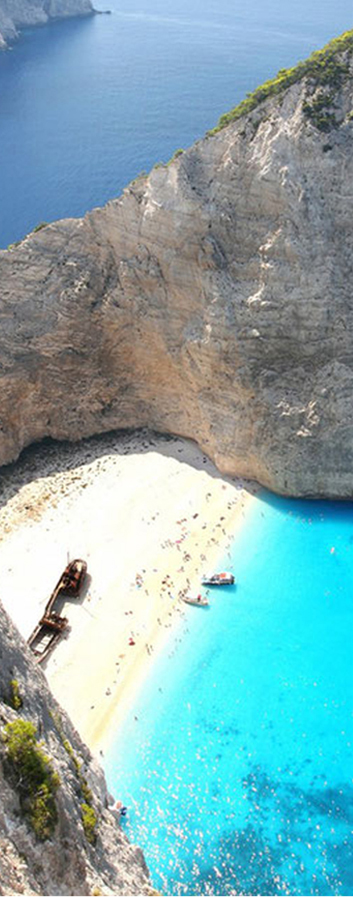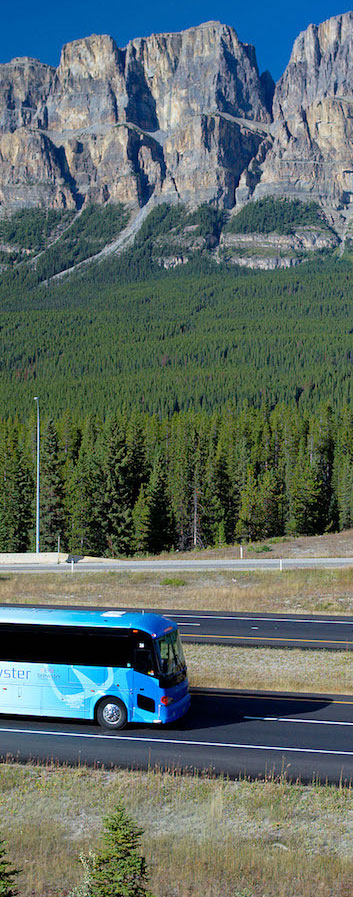Semenggoh Nature Reserve
For over 20 years, the wardens at Semenggoh Nature Reserve have been training young orang-utans, who had been orphaned or rescued from captivity, how to survive in the wild. The success of this programme has left the surrounding forest reserve with a thriving population of healthy adolescent and young adult orang-utans, who are now breeding in the wild. The programme has since been transferred to Matang Wildlife Centre, but Semenggoh Nature Reserve is still home to its successful graduates, semi-wild orang-utans and their babies. They spend most of their time roaming the forest but frequently come back to the Centre for a free meal. If it is the fruiting season in the forest, some or even all of them may not come to feed. This in itself is a good sign and another step on the way to full rehabilitation.
The best time to visit Semenggoh is during the morning and afternoon feeding sessions when there is a good chance of seeing semi-wild orang-utan returning to the Centre for a free meal. Feeding takes place between 9.00-10.00am and between 3.00-4.00 pm. However there will be times when they won’t appear owing to abundant fruits in the jungle. At times, they may seem to appear during the actual feeding hour. Those who lingered on taking advantage of the gallery and and the forest may be rewarded by a late showing of the orang-utans.
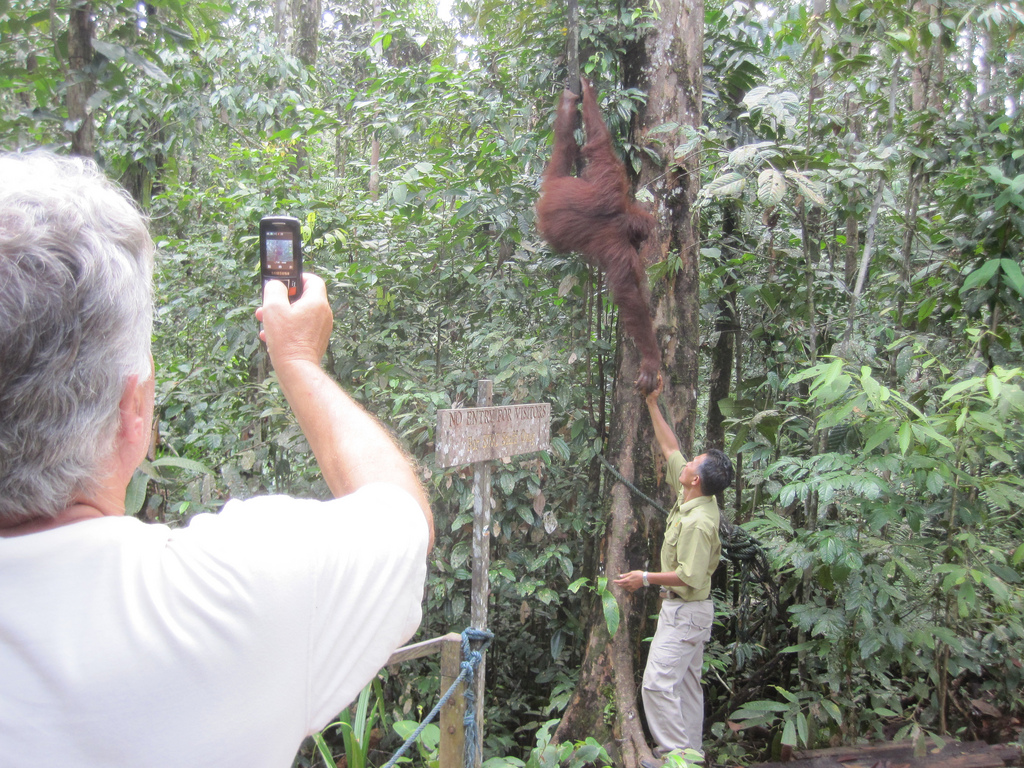
Other things to do at the Nature Reserve are; learn about the ape in the Orang-utan Gallery, visit the Interpretation Area or the Botanical Research Center. There are crocodile and gibbon enclosure for that dramatic close-up experience, a morbid one for sure at the crocodile enclosure.
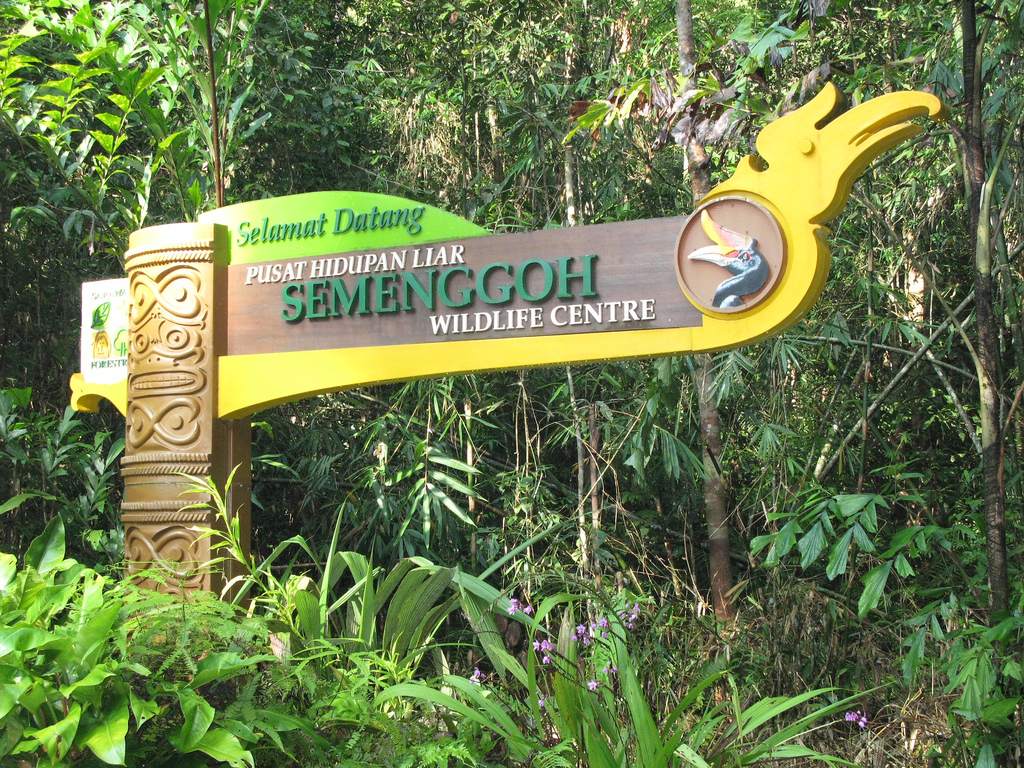
The highlight species are: Yellow-rumped Flowerpecker, Bornean Black-magpie, Long-billed Partridge, Red-bearded Bee-eater, Red-naped Trogan, Scarlet-rumped Trogon, Rufous-backed Kingfisher, Rufous-collared Kingfisher, Banded Kingfisher, Red-crowned Barbet, Red-throated barbet, Malaysian Honeyguide, Rufous Piculet, Hooded Pitta, Banded broadbill, Green Broadbill, Blue-winged Leafbird, Asian paradise Flycatcher, Crested jay, Reddish Scops Owl, Brown Hawk Owl, Sunda Frogmouth & etc.
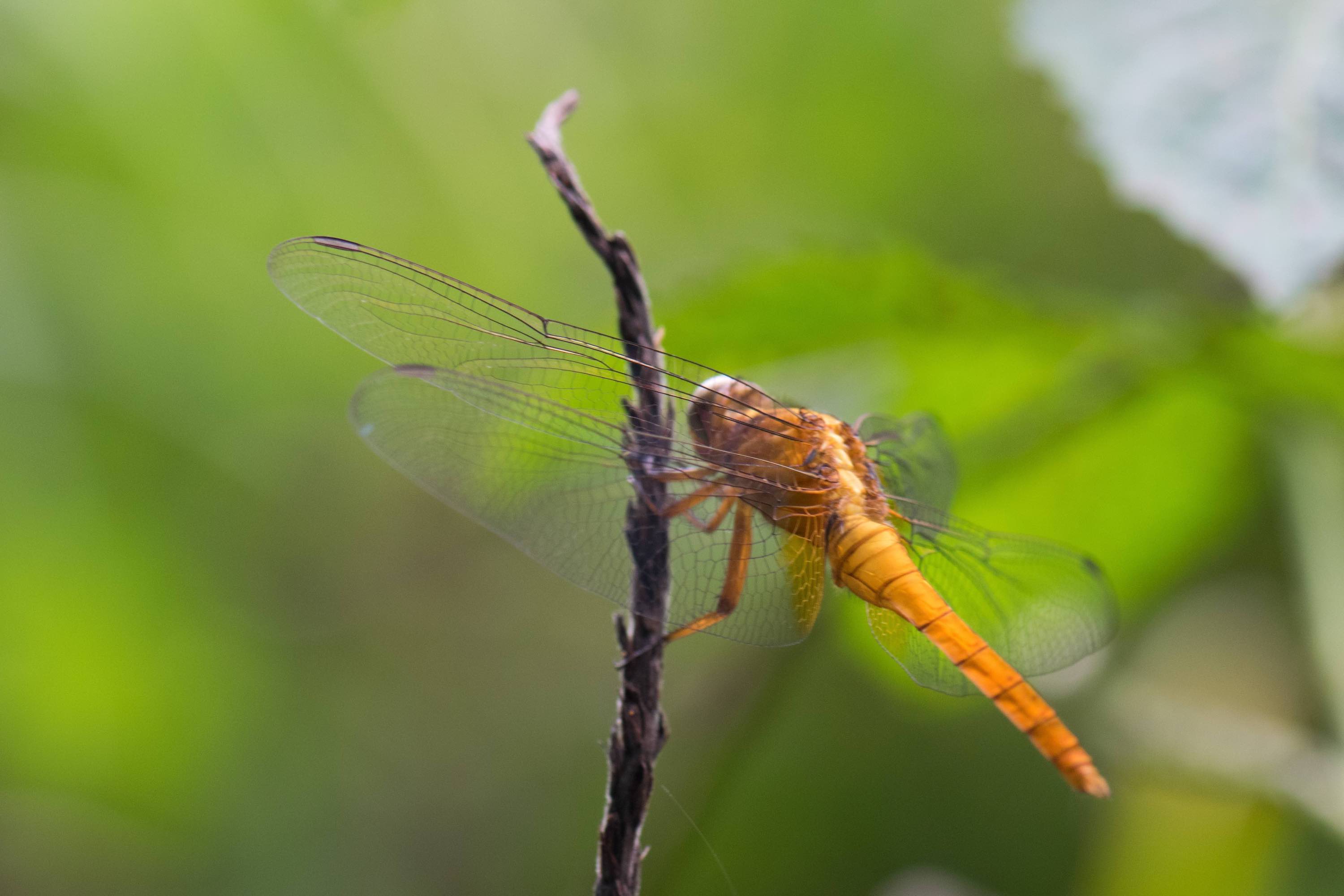
Matang Wildlife Centre is about 30km from Kuching City and it takes about 40 minutes to reach the Centre. Since there is no regular bus that goes directly to the centre, hiring a taxi is recommended.
Public buses ply the route daily, the last bus leaving for Kuching at 4pm. Catch either the 7.15am/1pm K6 bus at Mosque road to be in time for either of the feeding time. The fare is RM4 each way. As the viewing area is quite a distance from the ticketing entrance, allow yourself a 20-min lead time to arrive at the feeding area. The walk will take you through one of Sarawak's biodiversity hotspots; primary lowland mixed dipterocarp forest with small patches of old secondary forests and kerangas forest.


